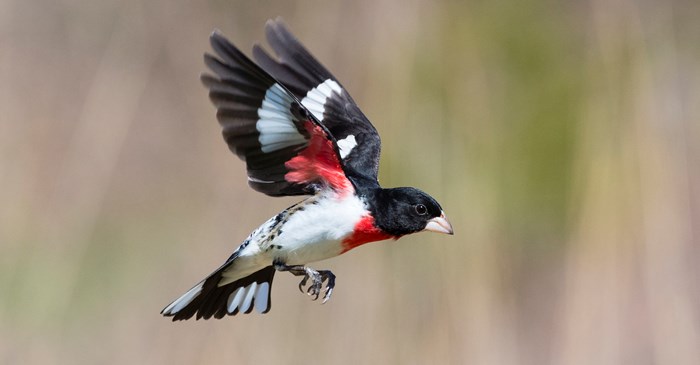When it comes to migrating, some birds travel short distances into the foothills or just a state or two away while others go the distance, flying thousands of miles from their breeding grounds in Canada and the U.S. to their winter homes in Central and South America. In any case, there's often a sense of wonder over the determination and endurance these little beings possess to complete these amazing journeys.
Bird migration is a relatively recent concept
There was a time when great minds of the Western world had unusual theories about where birds went in the winter: birds flew to the moon, burrowed into the mud to hibernate, hitched a ride on the back of a stork or transformed into different beings. It wasn’t until the late 1700s when scientists began to realize it was none of these and the idea of migration began taking root.
We still have much to learn about migration
Over the years, we’ve pieced together a lot about how birds travel over land thanks to legions of dedicated citizen scientists. And, while sightings are important, what has been missing was a complete record of a single bird's journey. With better, lighter tracking technologies that has changed. As an example, scientists recently discovered that some wading birds and water birds do not stop at islands along their migration paths over open waters as once believed. In fact, some travel nonstop for some pretty astonishing distances - Bar-tailed godwits can put in 7,100 miles in nine days! In the future, continued advances in tracking technology may reveal more about the journey of our beloved bird friends.
Some birds migrate at night
One wouldn’t think they could, but many songbird species do travel through the night, including warblers, thrushes, orioles, tanagers and grosbeaks. They take off after sunset, putting in as many as 200 miles a night. If you spend any amount of time outside after dark, you might catch their night calls.
Feeding the birds does not delay their migration
There has been a long-time myth that warns against feeding birds in the fall, because that could cause them to delay the start of their migration, and risk getting caught in bad winter weather. That’s just not true. If anything, filling those feeders in the fall can be helpful. Migrating birds bulk up for the long flight and a ready supply of high-quality seeds and nuts can give an exhausted bird a much-needed opportunity to refuel.
We're entering prime time to catch some new visitors at your feeders, so keep them full. With Lyric Delite No Waste Mix, you can set out a bounty of shelled peanuts, pecans, pumpkin seeds, sunflower kernels and more to help fuel their migration.
